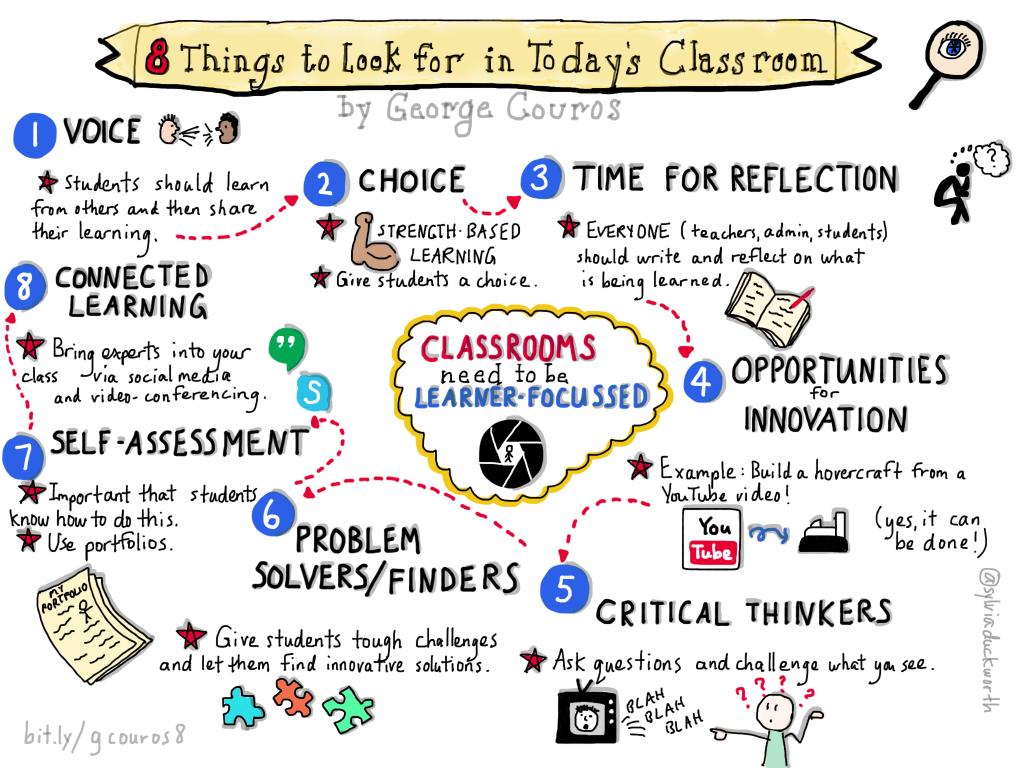
They have been
hired as the new governor
of a colony in the New World.
They picked out of a jar to figure out what colony they were presiding over (if
only choosing government officials was this easy!). They were
given the task by the king to make their colony
successful, and the king will reward them
with great wealth and power.
However, it is up to them to convince
all of the new settlers coming
from England and other European countries that your
colony is the best place to live. They are
tasked with creating a Google Slides brochure to be distributed
in Europe to convince the people that their
colony is the best place to
settle before they set sail for the New World.
A Google slides brochure will
have six (or more) slides, and a different topic will be covered on each slide. Every topic or slide should minimally have a descriptive paragraph and a
visual. They were told that paragraphs should have historical facts written
as convincing reasons
to move to their colony. They can use bullet points
and animate the slides.
Slide One – Front Cover: This is the cover
for the brochure and will introduce
the colony. It
should contain the name of the colony
and a visual.
Instead of a paragraph, this side should
display a catchy slogan describing
one of your colony’s best
features so people will pick up and read your brochure.
Slide Two – History:
This side will
discuss the history of the colony before the year
1750. This should include the founder(s), why the colony was founded, and any important
events associated with how the colony got
started. These important
events should emphasize why your
colony’s history makes it
a good place to live.
Slide Three – Physical
Features: This side of your brochure
will discuss the physical
features of your colony such as the location, geography, and
climate. These features
should be described in a way that would draw newcomers
to your colony to settle there. You should include a map.
Slide Four – Economy: This side of the brochure
will discuss important aspects of your colony’s
economy, including what type of jobs are available
to the people prior to 1750. One side 3 or 4, you should discuss how the physical features of your colony helped make your economy successful.
Slide Five – Government: This side of your brochure
should tell people
how your colony is governed (i.e., who is
in charge) and how the local
people may be able to be
involved in the local government (i.e., who
can vote and how democratic is your government). Do
you have a say in
what happens in the colony?
Why is your form of government a good thing for the local people?
Slide Six – Big Sell:
This is the side where you will convince
others to move to your colony based on
all the wonderful reasons to live there. This is a summary
of the great reasons
to live here, and not the other colonies. Make a convincing argument as you need
more people to help your colony
survive.
I cannot wait to see what they create!
